Given that Barracas has been divided into so many different parcels & has such an industrial character, few people consider it a prime residential area. That wasn’t always the case. Prior to the 1871 yellow fever epidemic, a list of families that called Barracas home was like a high society directory with last names like: Álzaga, Balcarce, Berisso, Brown, Guerrero, Llavallol, & Montes de Oca. Most of those mansions have been demolished, but a few remnants hang on… like the beautiful Cambacérès family home, now a school (Avenida Montes de Oca 123):
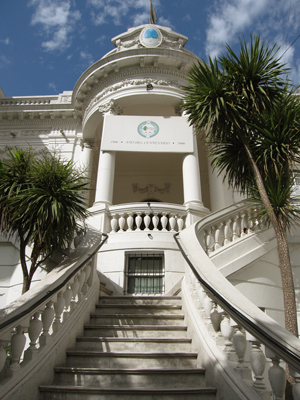
Admiral Guillermo Brown‘s palatial residence did not survive, but an abused granite monument marks the spot (Avenida Martín García 584):
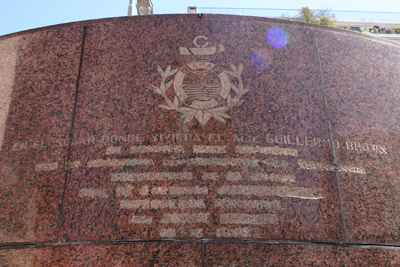
Sculptor Julio Vergottini lived in a mini-castle on the banks of the Riachuelo. Hardly an enviable spot, it’s still a private residence (Viejo Puente Pueyrredón & Lavadero):
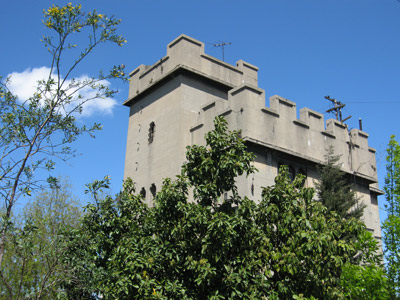
The Díaz Vélez mansion, adorned with lions, has been under restoration for many years (Avenida Montes de Oca 110):
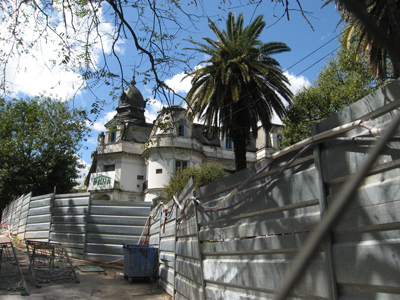
The one touristy thing everyone knows in Barracas is Pasaje Lanín, a series of houses painted in wild patterns under the direction of Marino Santa María:
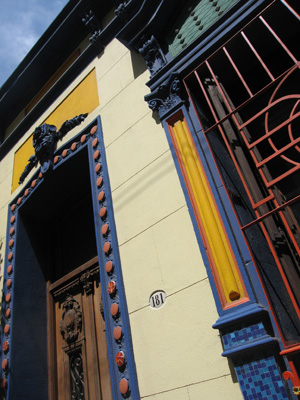
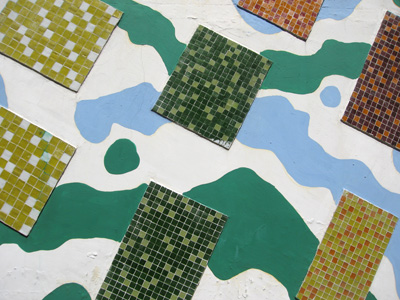
At the very limit of Barracas along Avenida Caseros (basically from Parque Lezama to Plaza Constitución), a concentration of nicely preserved units surprises most people. Two of my favorites are what I call the “bee building” (Caseros 954) & the railroad management units (Caseros, 400 block):
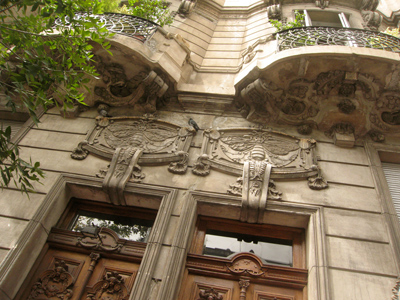
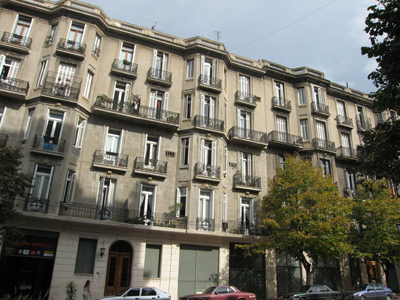
Another fave is the 1923 Barrio Monseñor Espinosa which was part of a public housing program. More about this beautiful spot in my series, Housing for the Masses:
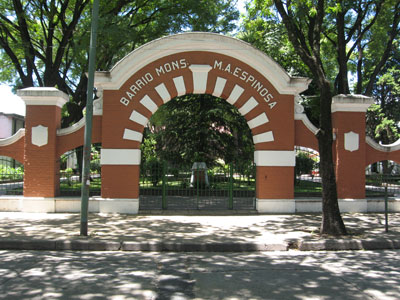
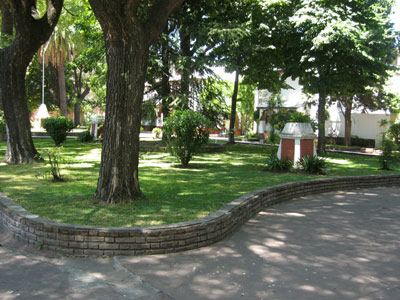
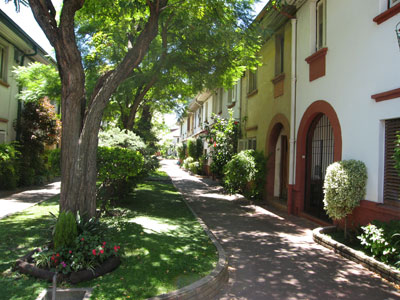
Many houses have fallen into disrepair, but finding a gem is like getting lucky in a scavenger hunt. There’s really no other facet of Barracas that shows off its once elegant past:
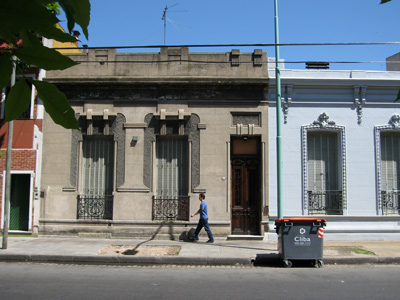
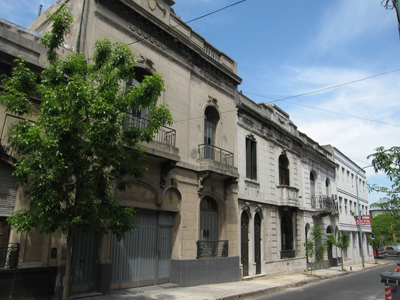
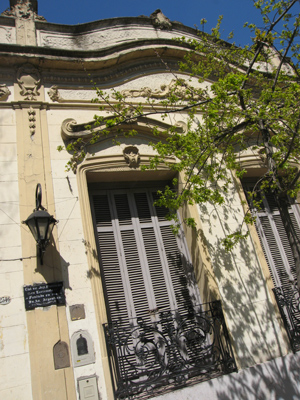
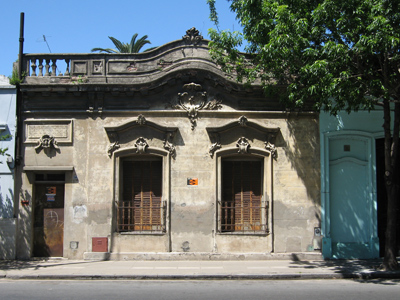
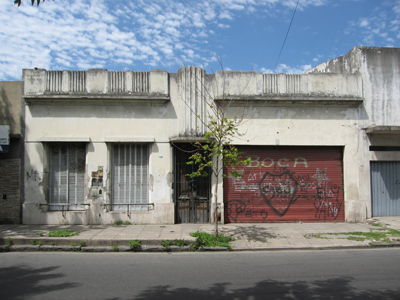
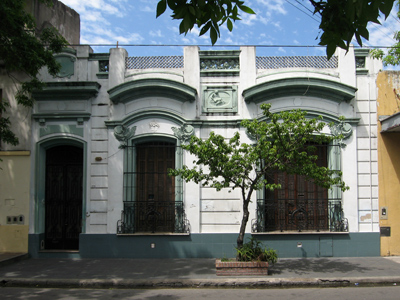
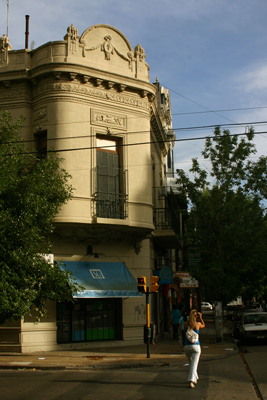
Modern development has managed to creep into Barracas, usually under the guise of refurbishing warehouses into overpriced lofts. But a few highrises can be found as well. The Solares de Montes de Oca (at 587) are surprisingly out of place. Neighborhood watch groups like Proteger Barracas do a wonderful job of monitoring for any of these “space invaders” & help limit their construction.
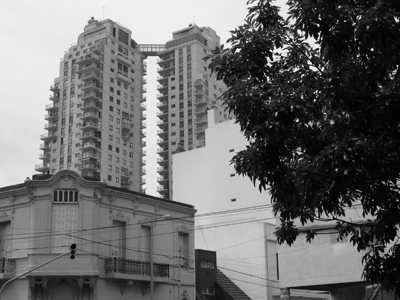
Of course, the other end of the spectrum is also present in Barracas. The banks of the Riachuelo are home to some of the largest villas (shantytowns) in Buenos Aires. I made it to the entrance of Villa 21 & even though it didn’t appear all that dangerous, I wasn’t about to press my luck:
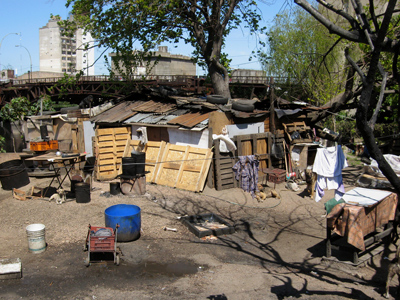
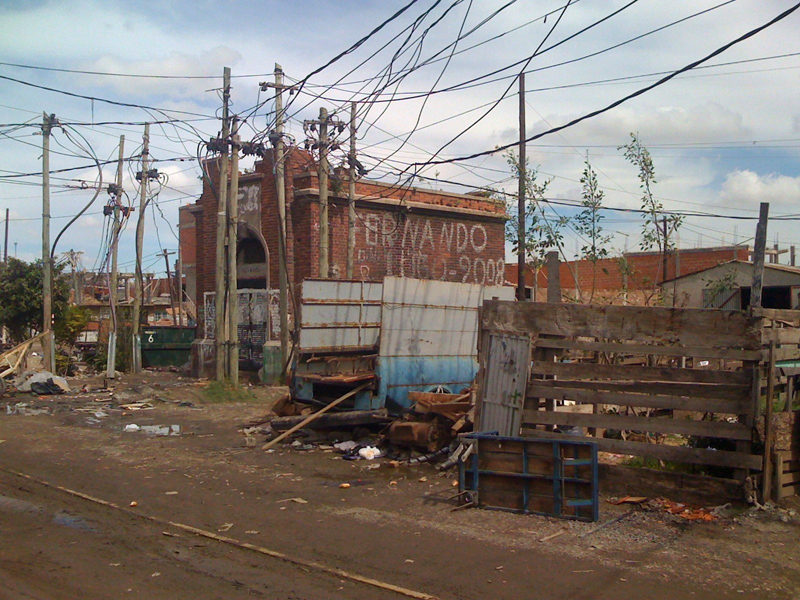
And although it may seem like part of a villa, the complex on Calle Australia dates from 1889. Housing for workers on the Ferrocarril del Sur (workshops used to be in Barracas before moving to Remedios de Escalada), the site is in rather poor condition. But it has become a neighborhood icon & drawn by every architecture student. Fascinating that it’s still standing… barely:
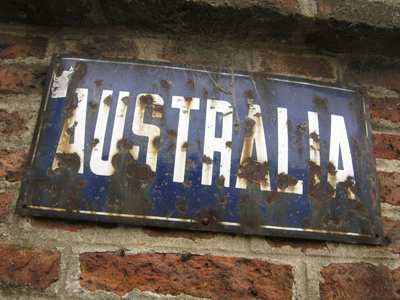
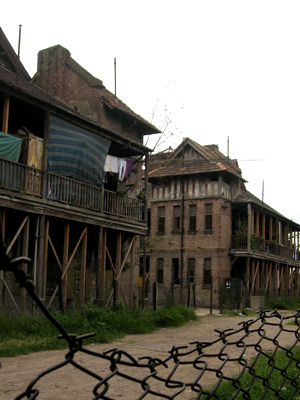
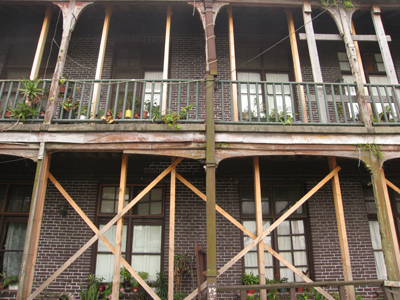
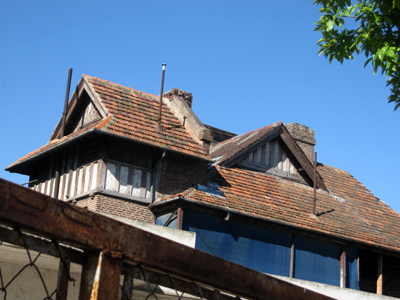
The residential character of Barracas surprised me most when I was covering every block on foot. There’s a mix of everything from the glamourous past to the destitute future & is every flâneur’s dream come true.
Barracas series: Divisions • Industrial • Residential • Services • Odds & Ends
ESPECTACULAR TUS FOTOS Y LA INFORMACION DE BARRACAS!
gracias por compartirlo! se lo paso a mi hermana ya! le va a encantar! un beso grande, espero nos veamos pronto!
gracias!!! Nati.